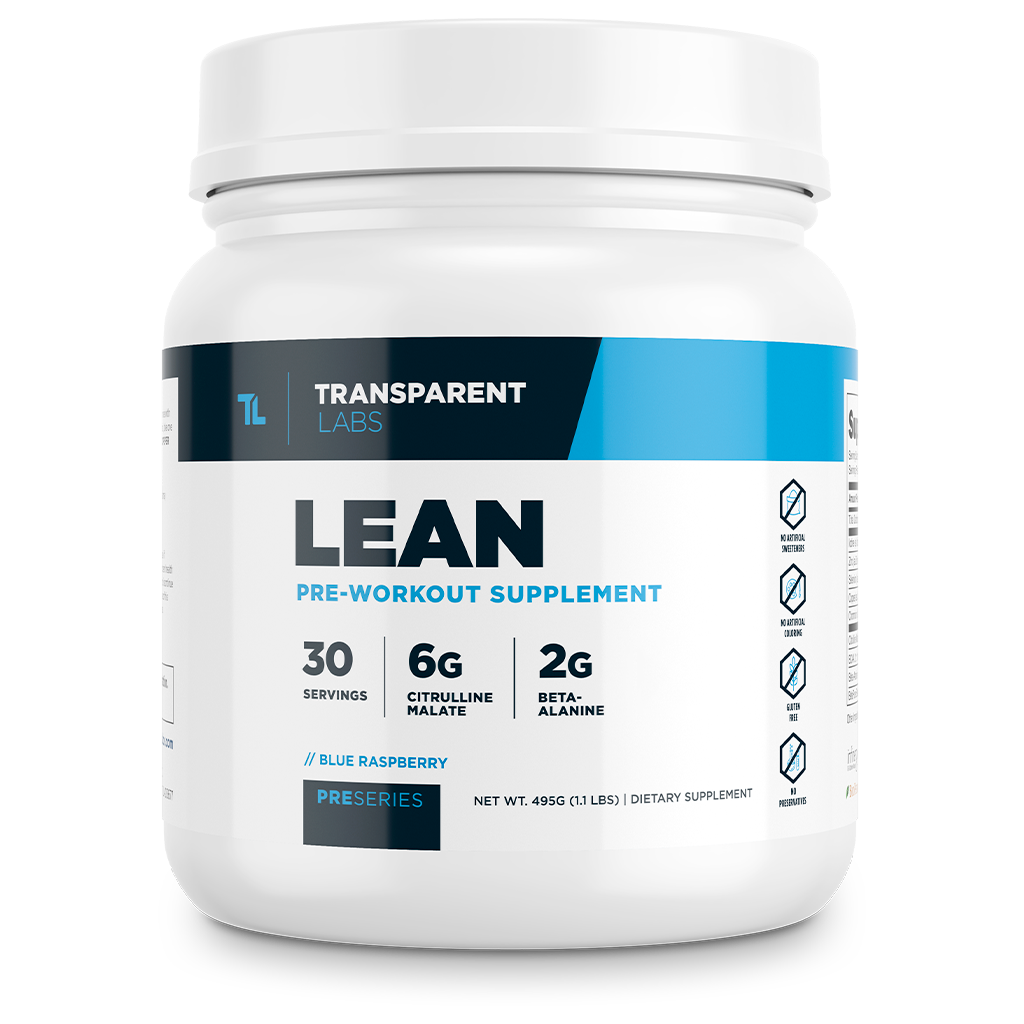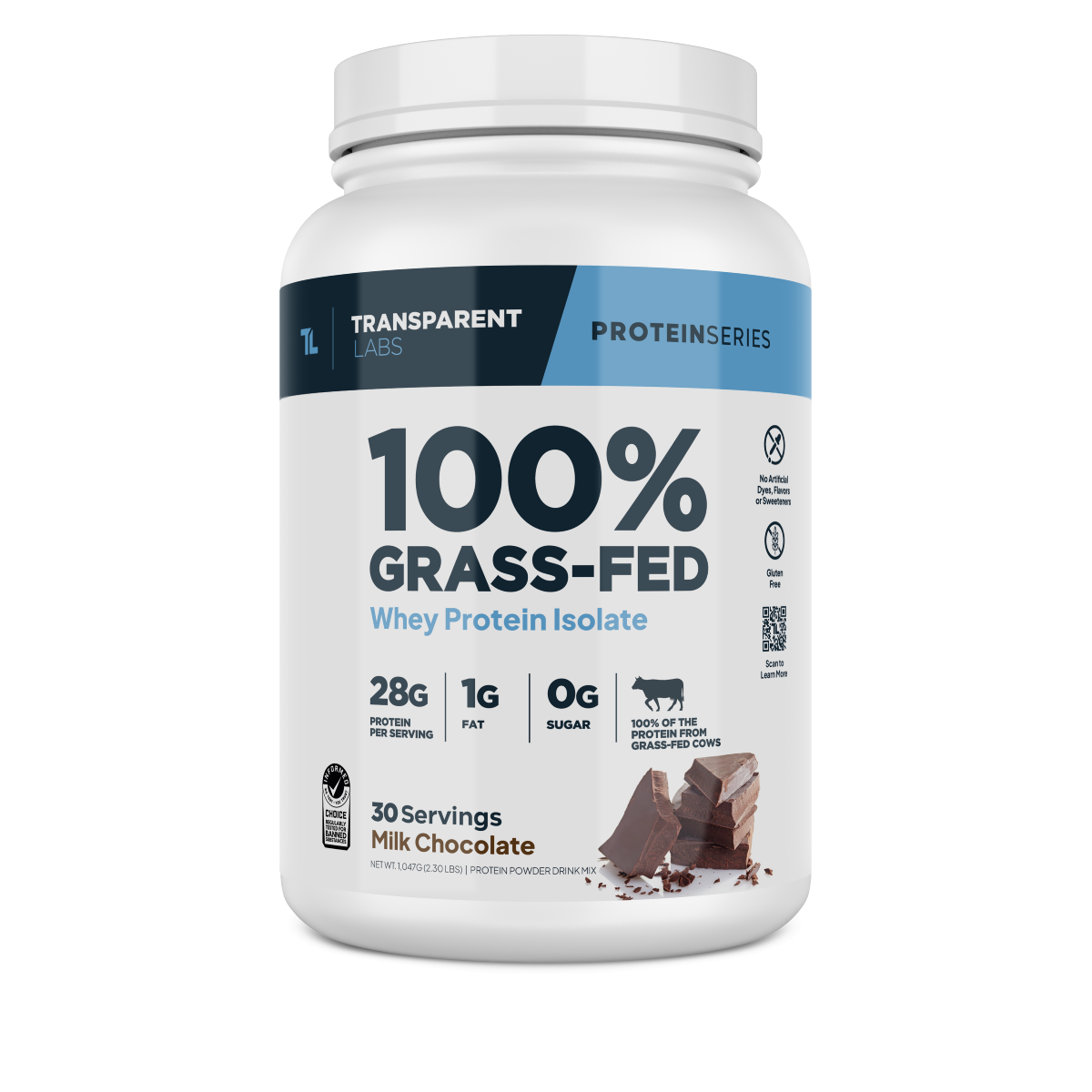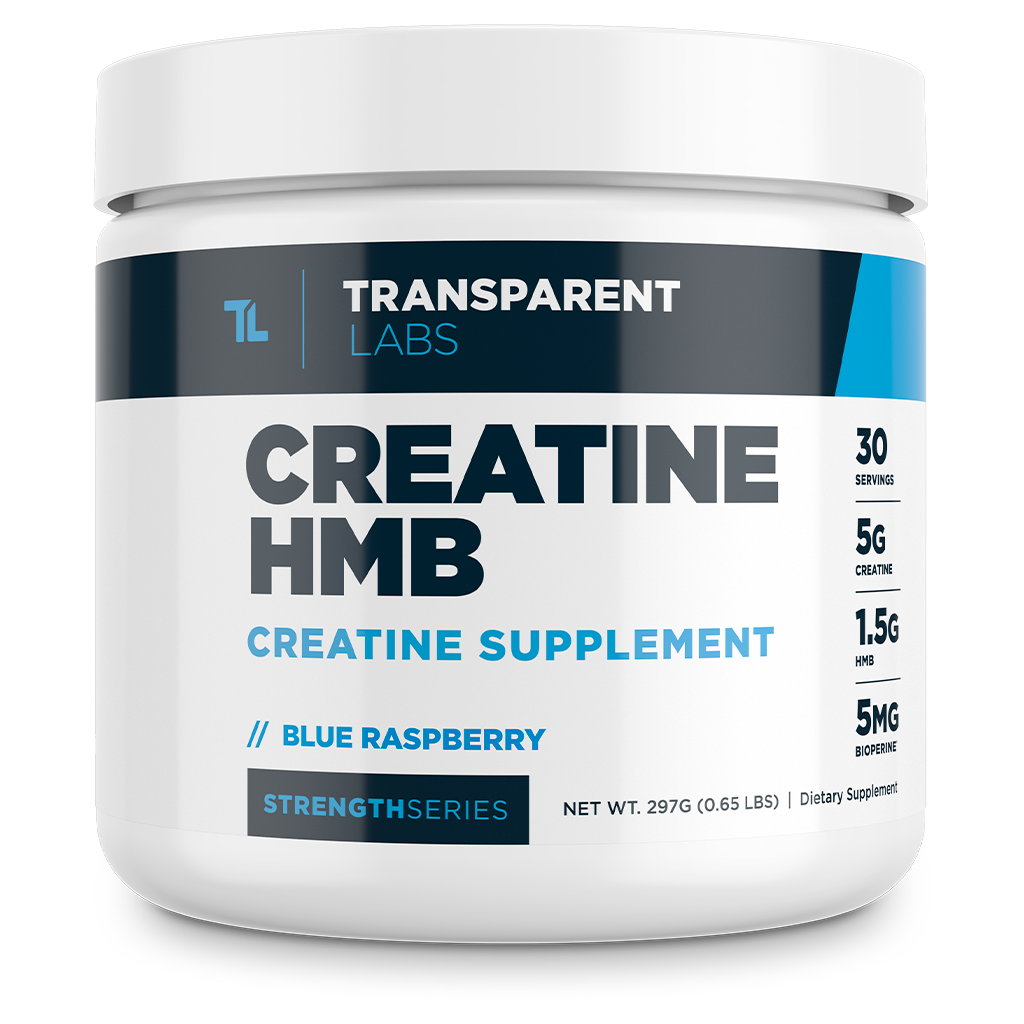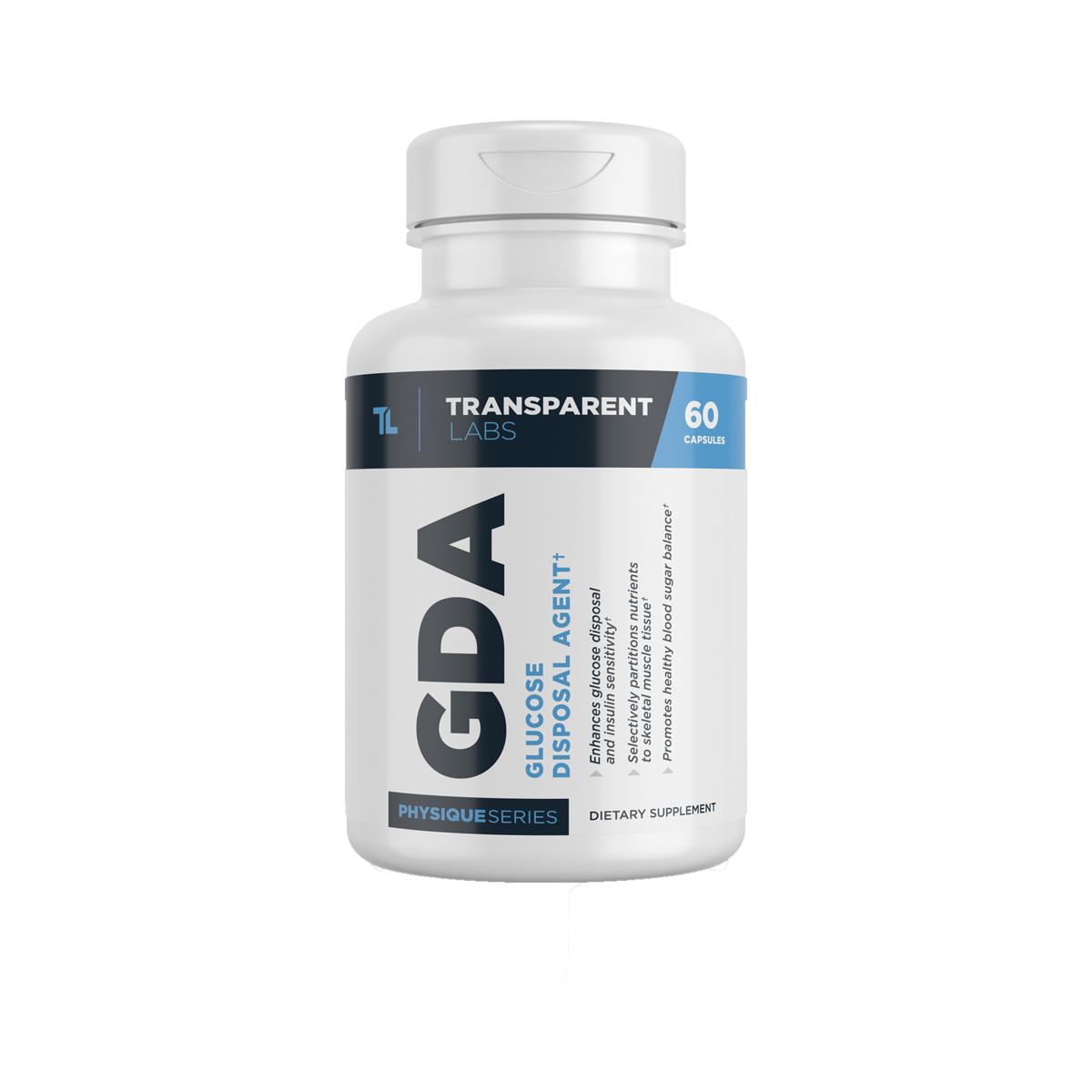Paul Sklar: How to Build Muscle After 50 (Redefining the "Dad Bod")

How to Get Lean and Build Muscle After 50
Paul Sklar is aging like fine wine, proving that you can be in phenomenal shape in your 50s and beyond. The 51-year old, former world-ranked athlete is a father of four, as lean as a bonobo, and strong as an ox, redefining what it means to have a "dad bod." (The term "dad bod" has colloquially been used to describe the physique of an aging man with a beer belly and little muscle mass.)
Paul Sklar has garnered over 1 million followers on Instagram while providing helpful fitness tips and training programs to people of all ages. And as bizarre as it sounds, he's not an anomaly for being in such great shape at his age.
As more of the population takes an interest in longevity, it's becoming clear that age is really just a number. With the right training program and proper nutrition, you can get lean, build muscle, and feel your best well into your adult years.
With that in mind, follow along as we outline some of Paul Sklar's keys to maximizing muscle growth, getting fit, and staying in good health as you grow older.
"How hard is building muscle after 50?"
It’s never too late to transform your body from dad-/mom-bod to Greek god(ess) and increase your strength. In fact, strength training (e.g. weight lifting) will do a whole lot more for you beyond gaining muscle mass and making you physically stronger. Research has shown that resistance training can improve heart health/cardiovascular function, reduce the risk of sarcopenia (age-related muscle loss), and even strengthen joints (as counterintuitive as that may seem) [1].
Alas, you might not be able to build muscle mass as fast and put up the same numbers on the bench press as you did when you were younger. An unfortunate consequence of getting older is the body starts to "slow down" a bit; metabolic rate drops, anabolic hormones like testosterone decline, muscle tissue breaks down, and joints become less resilient to mechanical stress.
Basically, lots of aging factors make gaining muscle mass a bit tougher than it was during teenage and early adult life. As such, building muscle after 50 (or even 40) takes a little extra patience, persistence, and dedication. You will need to adapt your training and nutrition habits as the years go by to maximize muscle growth and keep body fat from accumulating in those pesky regions around the waist and hips.
Now, if you’ve caught the early train to "Gainzville," say at the age of fourteen or fifteen, then kudos to you! You will have an easier time stacking on muscle and staying lean for the foreseeable future.
If that's not the case, don't worry; you can build lean muscle mass at any age. Strength and physical performance in males and females typically peak between the ages of 25 and 45, but gaining muscle is achievable well beyond those years. As Paul Sklar exemplifies, age is just a number.
Push Your Limits when Resistance Training
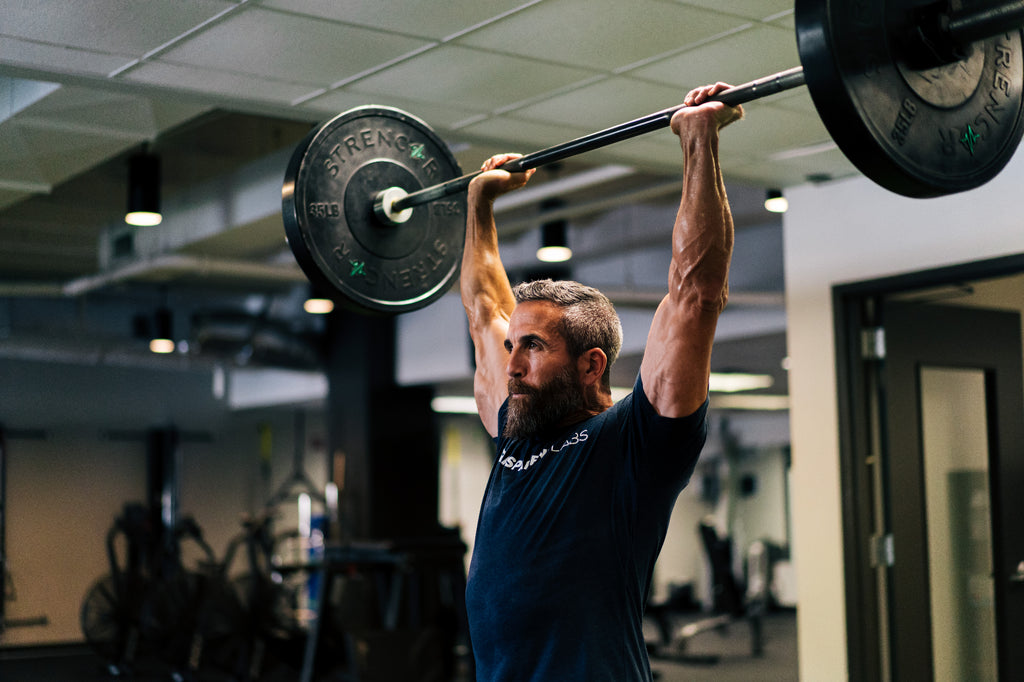
Strength training can improve all aspects of your health and longevity. It's not just about building muscle mass, but the lasting benefits that will keep you vitalized for years to come.
Think of it this way: You don’t want to end up with a herniated or ruptured disk just because you sneezed (it happens more often than you think) or because a 15-lb toddler was too heavy for you. "Growing older" shouldn't mean "growing weaker."
The trick is to keep your resistance-training workouts rigorous and frequent, but not too lengthy. If you're pushing yourself hard on heavy compound movements like squats, deadlifts, and various presses, you should be exhausted after 45-60 minutes.
Even three full-body workouts every week will be sufficient for maintaining/building muscle mass, or you can opt for something like a push-pull-legs routine.
Don't Slack on Cardio
Keeping the weights heavy doesn’t mean you should skip cardio altogether, and while cardio training should be a supplementary factor in your routine, you should raise the proverbial bar higher as you age, opting for more functional HIIT (high-intensity interval training) and GPP (general physical preparedness) instead of spending hours walking on the treadmill every day.
HIIT increases cardiovascular endurance and enhances stamina through short bursts of intense exertion. Not only is HIIT more time-efficient than traditional steady-state cardio, but it also helps speed up your resting metabolic rate for 24-36 hours after finishing your workout [2].
Likewise, GPP, or "General Physical Preparedness," is a form of training that combines endurance exercise with strength training. GPP employs unconventional movements such as sandbag carries, kettlebell work, and pushing/pulling weighted sleds, for time or distance to get your heart rate up while improving muscle functionality. It's essentially "cardio for lifters."
Use GPP, HIIT, and occasional steady-state cardio workouts as needed to increase your energy expenditure and help your muscles recuperate between resistance workouts. Cardio is a necessary tool for peeling off stubborn layers of body fat and showing off all that new muscle mass you've been building.
Refuel and Recover
You may have been able to get away with eating a lot of sugary junk when you were in your teens and 20s, but after that, seemingly every guilty pleasure heads directly to your stomach and respective derriere. Why is that? Well, as we grow older, our metabolism slows down quite a bit. To make matters worse, the body loses its capacity to oxidize ("burn") fat for energy [3].
Intuitively, that means your nutrition and sleep cycles need to be dialed in for optimal recovery and muscle gain. Older adults typically require a little extra protein, so taking whey protein powder after training is wise if your goal is to build muscle mass.
--> Use our protein calculator to determine your protein needs.
Moreover, incorporate some dynamic stretching after your resistance workouts and cardio sessions to help keep your muscles limber and your joints agile. It may also be prudent to include yoga, meditation, and deep-tissue massages as part of your health and fitness routine.

Age Is Just a Number: You Can Gain Muscle After 40, 50, 60, and Beyond!
Aging is inevitable, but it's not to blame for being weak and out of shape. There are countless anecdotes of fitness enthusiasts, athletes, powerlifters, and bodybuilders that partake in strength training well into their latter years of their lives.
While older adults and seniors should refrain from any type of workout that hurts their joints or exacerbates a preexisting health condition, resistance training will stimulate new muscle growth (assuming your nutrition is on point). Exercise should be a staple of your life as long as you have the capability to work up a sweat. Paul Sklar's "dad bod" is the result of a consistent fitness routine and wholesome diet arguably the two most essential aspects of longevity.
Frankly, it’s not about where you start that matters; it's where you finish. Get up and get moving so you reach your silver years with health, strength, and vigor.
Follow the tips above and you'll be well on your way to getting in the best shape of your life. And don't forget to keep up with Paul Sklar on Instagram for daily fitness motivation and educational content: @Paulsklarxfit

